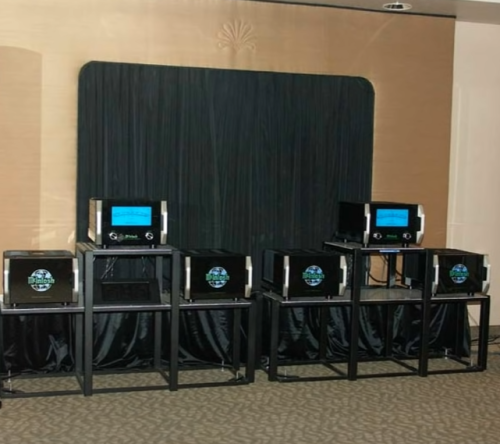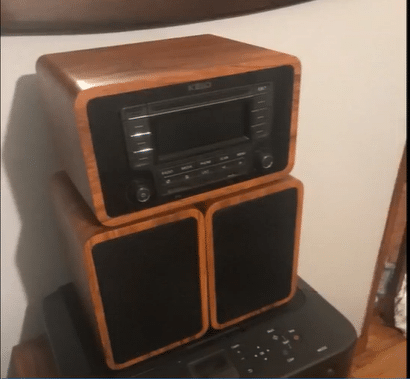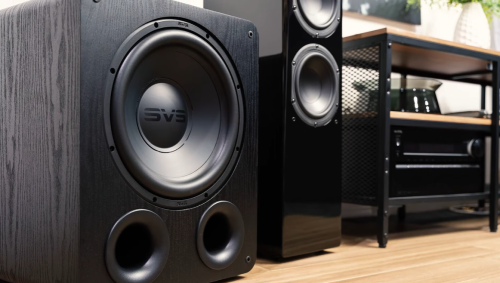All audio systems need speaker crossover. If you are planning to DIY your speaker, you need to be careful in buying as they will greatly affect the sound quality of your speaker. Our sound engineers did the legwork to compile all the data you need to know about a speaker crossover.
What is a Speaker Crossover?
A speaker crossover is an important part of your speakers. It can be likened to the brain which separates things according to frequency.
It acts like a filter preventing some frequencies from passing while allowing some to proceed to your drivers. Without it, all audio signals will proceed which will result in unclear sounds.
Purpose and Function
A speaker crossover separates audio frequencies to be fed into the different drivers namely tweeter, woofer, and subwoofer. It basically accepts one input audio signal and creates two to three output signals, low, middle, and high range frequencies, which are fed to the drivers.
This prevents sending bass frequencies to the tweeter as it will have a hard time producing low-range sounds. It also makes sure that the bass driver will only receive low frequencies as it will have no ability to reproduce treble tones.

Feeding the drivers audio signals that they are not designed to reproduce will just create distorted tractor-like sounds and thumping vibrations produced at the wrong speaker.
Aside from separating the frequencies, they also help the speakers from reaching their resonant frequency. It is the frequency at which the enclosure vibrates, creating certain tones to be boosted more than the others.
On Frequency Response
As the function of the crossover is to separate the audio signals according to frequencies, each driver has its own frequency response.
The tweeter should only reproduce treble tones so it can accept high-range frequencies. These are usually frequencies higher than 2500 Hz. Woofers on the other hand are able to accept and boost mid-range frequencies, which are about 200 Hz to 2500 Hz.

Subwoofers will be able to boost low-range frequencies and create bass tones. They can accept audio frequencies of 200 Hz and lower.
Our audio engineers suggest that setting up crossover frequencies should be done so blocking of certain frequencies per driver can be done with accuracy.
Types of “Crossover”
There are two main types of crossover depending on your speaker system.
The passive crossover is the most common type of crossover and is usually used in speakers that have an external amplifier. One advantage of the passive crossover is that it doesn’t need to be plugged into a power source to work.

There are two types of passive crossover. The component crossover is connected between the amplifier and the speaker. This is not a popular choice as they are power consumers, releasing unwanted amplified signals in the form of heat.
On the other hand, in-line passive crossovers are connected between the receiver and the amplifier. It makes sure that the amplifier will only boost the right signals so it is more power-efficient.
Another type of crossover is the active crossover. Unlike passive crossover, they should be connected to a power source and grounded. Though it needs power to work, this type allows the user more control over the sound he hears.
For a system to be considered active, each driver must have its own amplifier that is integrated together. This allows the user more control over the volume and tonal response [1] of the system.
FAQ
What is the best crossover for speakers?
The best crossover for speakers is the active crossover. This is because an active crossover system allows the listener more control over the volume and tonal response of the music.
However, it is harder to install and requires more power and connection than that of a passive crossover.
Do you need a crossover for speakers?
Speakers need a crossover to be able to play the right frequencies and to produce a clear and crisp sound. Without the crossover, the speaker will struggle in playing the right frequencies in each driver.
It is the crossover’s job to separate the audio frequencies and deliver them to their respective drivers. Without it, the tweeter may try to play bass tones and will have a hard time doing that.
Conclusion
In order to have an optimal sound quality, your audio system needs a speaker crossover. According to our experts, crossovers are needed because they separate the audio signal into different frequencies which are fed into the drivers.
They ensure that subwoofers will play bass tones, woofers will play mid-range frequencies, and tweeters will play trebles.
For great speaker products, we have curated the list below:
